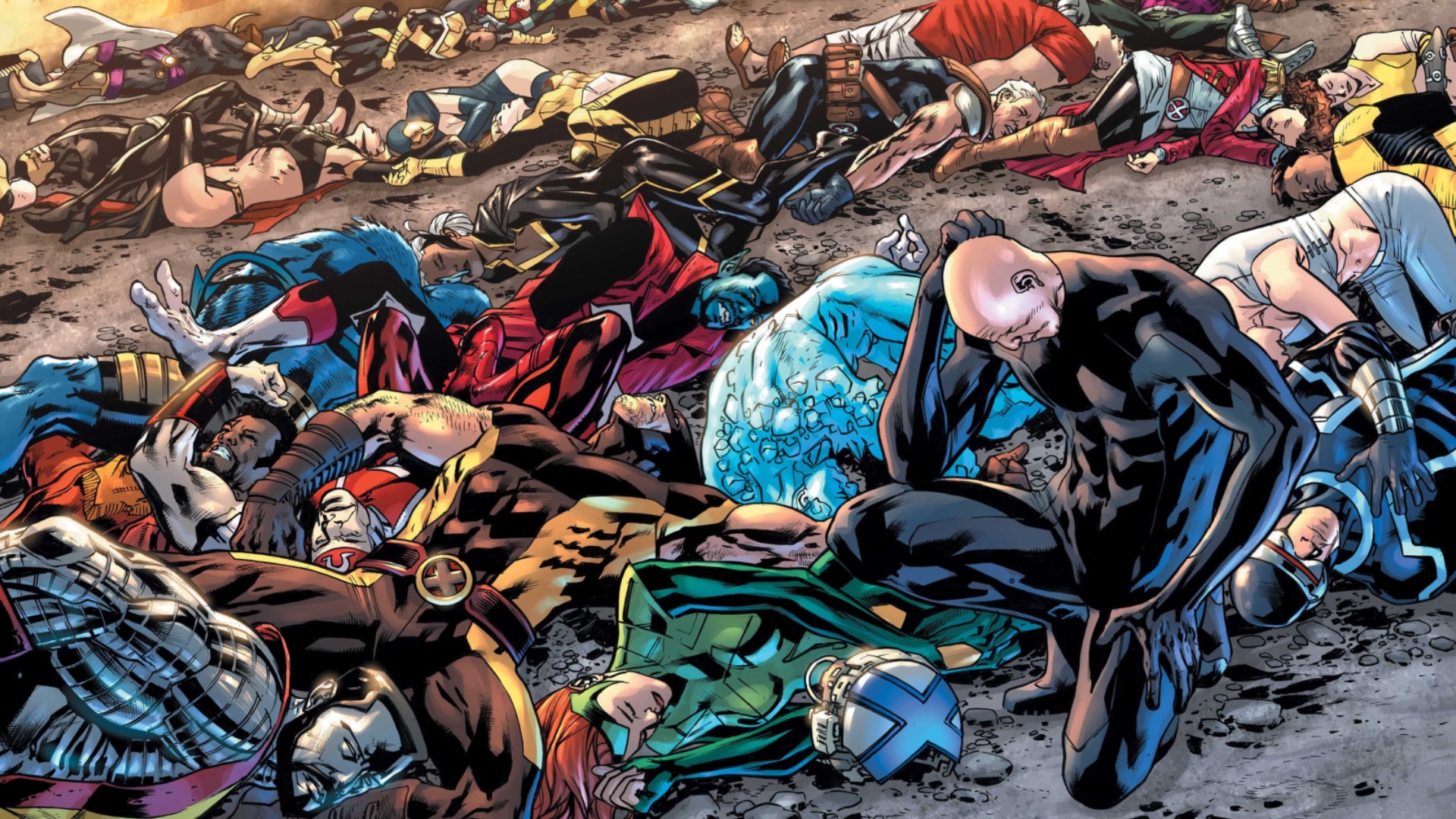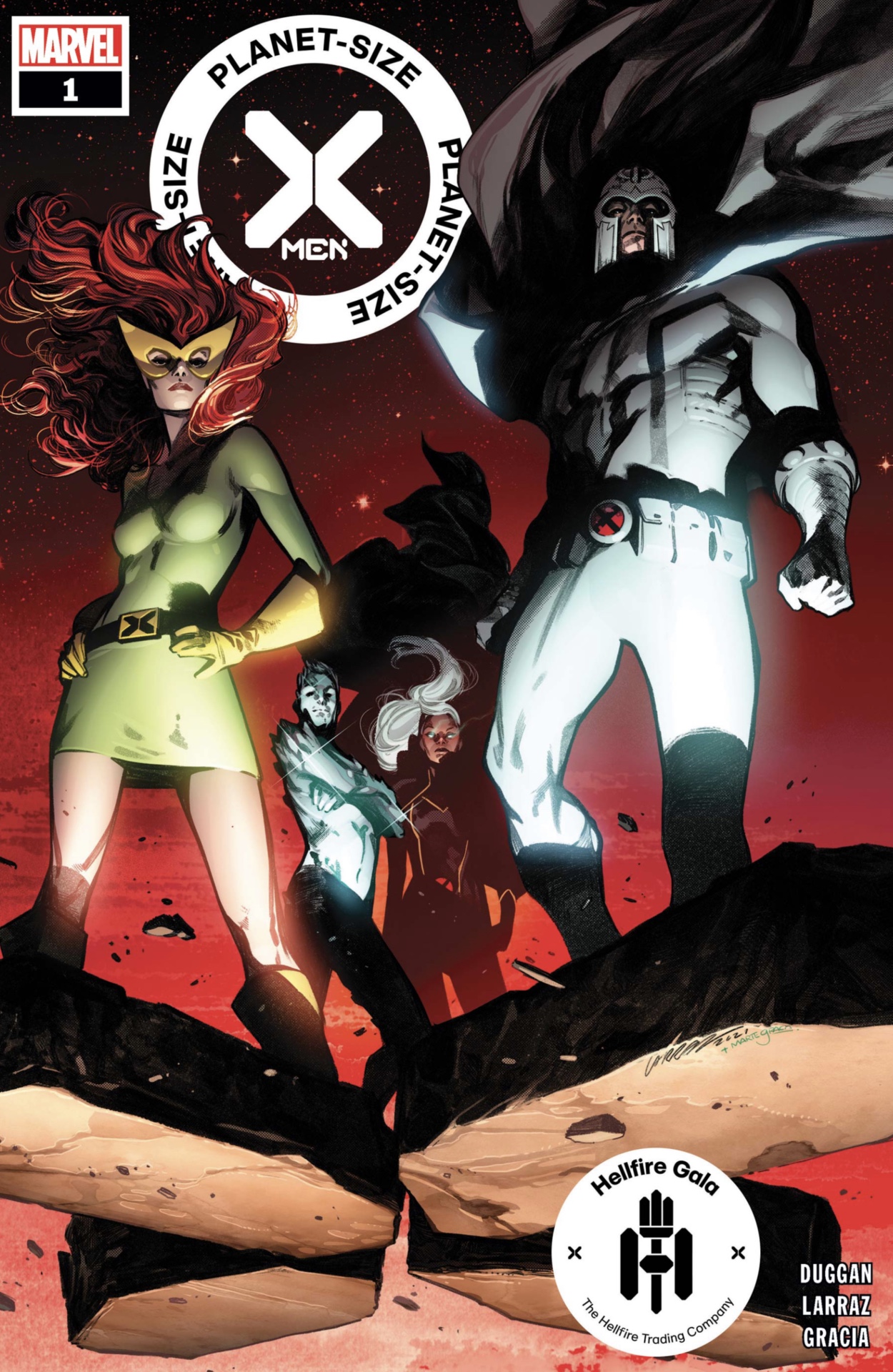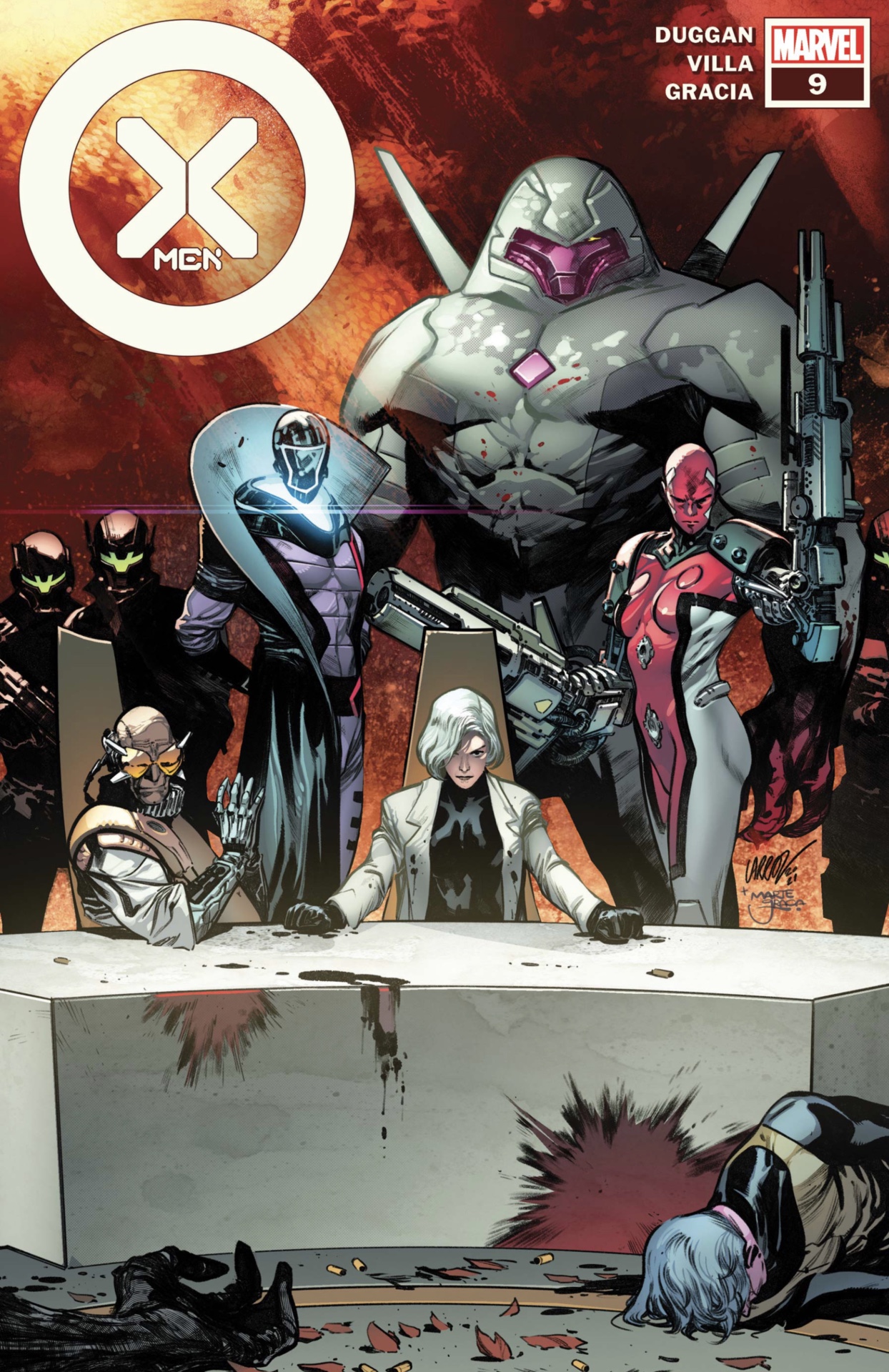Whatever comes after Krakoa, the X-Men cannot go backwards
'Fall of X' seems to be signaling the end of Krakoa - so what comes next?

The X-Men and their mutant nation of Krakoa are on the brink of a big, likely tragic change in the upcoming 'Fall of X' crossover, which Marvel has been building to for some time. With the announcement of what Marvel is billing as the final new 'Fall of X' title, a Jean Grey solo limited series, it's becoming even more clear that the Krakoa era is about to change drastically, if not entirely come to an end. But whatever comes next after Krakoa, the X-Men cannot go back to their classic 'hated and feared' status quo.
Right now, mutantkind is essentially immortal thanks to the so-called Resurrection Protocols that allow them to bring back any mutant who dies. Along with the founding of Krakoa, their own remote island away from humanity's rules and expectations, that has brought nearly all the mutants of the Marvel Universe together as one, including some of the worst of the worst mutant villains.
That hasn't stopped humanity and other outside forces from still besetting mutants with skepticism, violence, and even hatred. But the X-Men's power to come back from basically any challenge and to outlast their enemies at every turn has not just leveled the playing field between mutants and their traditional outside enemies, it's propelled mutantkind even farther forward in their evolution.

And that's the obstacle Marvel faces in attempting to move on from the Krakoa era, in which the X-Men have achieved near godlike status, even transforming the entire planet of Mars into a new mutant homeworld. How can the X-Men and mutantkind credibly go backwards to a "classic" story baseline after living this way without shattering the character and story progression that's come with it?
Writer Jonathan Hickman and his braintrust of creators built Krakoa on the concept of evolving the X-Men line, not just behind the scenes with new titles and new creative voices, but also on the page in terms of their actual stories, and the metaphors they represent. Mutants moved beyond fighting against all-too-human prejudices to face their ultimate destiny on their own terms.
The need for mutants to continually evolve in a race to be the dominant species of a far-flung future where the death of humanity is essentially guaranteed in all outcomes - either by extinction or by assimilation into an AI network - became the driving force of Krakoa and the new mutant conflict.
By leaving behind the old days of mutants trying desperately to convince bigoted humans that they deserve to exist in favor of bigger, wilder futures in which humanity itself was forced to align with malicious, alien AI in order to try and survive, the Krakoa era instantly moved the metaphor of mutantkind as a self-identified reflection of the experiences of marginalized people in a new direction. Rather than being hated and feared by humans, mutants now had to face the perils of not evolving fast enough, not being advanced enough, not taking big enough swings toward the future.
Get the best comic news, insights, opinions, analysis and more!

The culmination of this thematic idea came in 2021's Planet-Size X-Men, in which Storm, Magneto, Iceman, and several other mutants used their incredible Omega-level power to terraform the planet Mars into the planet Arakko, a mutant homeworld with polar ice caps, atmosphere, and new magnetic poles that changed its environment to be hospitable to mutants.
Now, despite the reach of mutantkind into the stars, even situating Arakko as the head planet of Earth's solar system among intergalactic political bodies, the story has shifted since Hickman's departure from the X-Men line in early 2022. There's been a steady drift back toward a growing conflict with humans who despise mutantkind's claiming of Mars, and who, judging by Marvel's cryptic foreshadowing of the upcoming events of 'Fall of X,' may be about to strike the deathblow to the Krakoa era.
In a way, this feels like leaning into the commonly cited idea of the X-Men as a superhero-ized metaphor for the experience of marginalized people. But that metaphor has started to feel reductive in a world where very real marginalized people are facing challenges to their lives and liberty, with no adamantium claws or optic blasts - or Resurrection Protocols - to turn to.
The Krakoa era, flawed as its own metaphor may have been, at least grappled with taking that story a step further. By moving on from the classic "hated and feared by the humans they protect" theme and redirecting away from humanity as mutantkind's greatest enemy toward the evil future AI Nimrod and the Phalanx, a new fantasy took root in the franchise - one where those who feel the most endangered will outlive their tormentors to face radical and mystifying new horizons under their own agency.

That's a heavy metaphor - and again, not one perfectly explored in the Krakoa era, but gazed at nonetheless. And when it comes to Marvel Comics, the X-Men have often been the characters thrust into the position of carrying that kind of weight.
And that's why whatever lies on the other side of Krakoa, the X-Men can't go back to living in the X-Mansion and fighting Magneto and being hated by cranky bigoted senators. That may feel like embracing the current civil rights struggles of the real world as the cogent metaphor for the X-Men. But in the Marvel Universe, that would be almost infinitely reductive not just for the concept of the X-Men, but for the dozens and dozens of characters who have moved on from their original place in that story.
There's more to the metaphor of the X-Men as a self-identified mirror for marginalized people than facing untold bigotry or embracing hegemony as the only way out of prejudice. And given where mutants have now been, what they've done and what they've seen, moving on from Krakoa must mean taking a step forward.
Check out the best X-Men stories of all time.
I've been Newsarama's resident Marvel Comics expert and general comic book historian since 2011. I've also been the on-site reporter at most major comic conventions such as Comic-Con International: San Diego, New York Comic Con, and C2E2. Outside of comic journalism, I am the artist of many weird pictures, and the guitarist of many heavy riffs. (They/Them)



